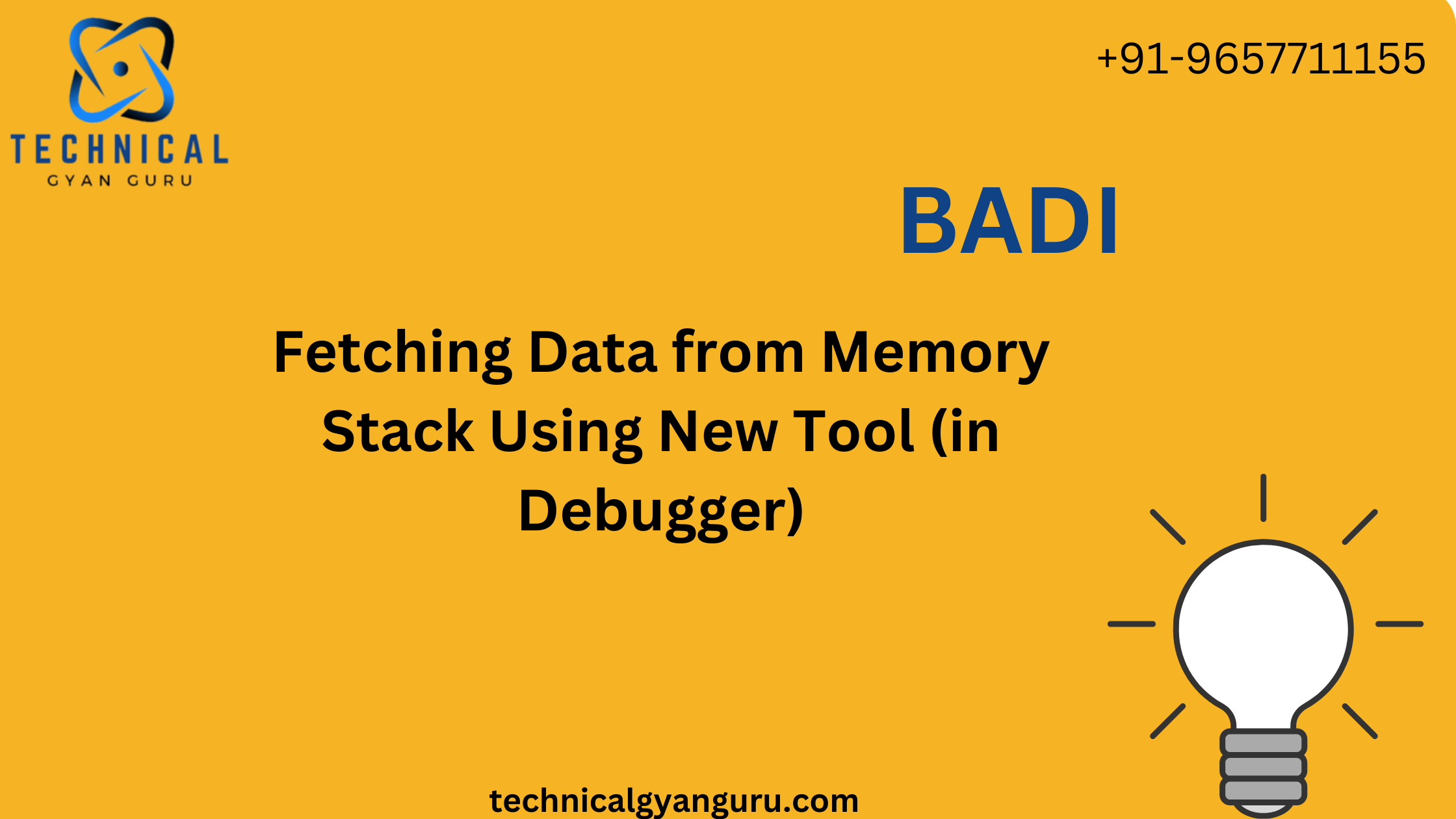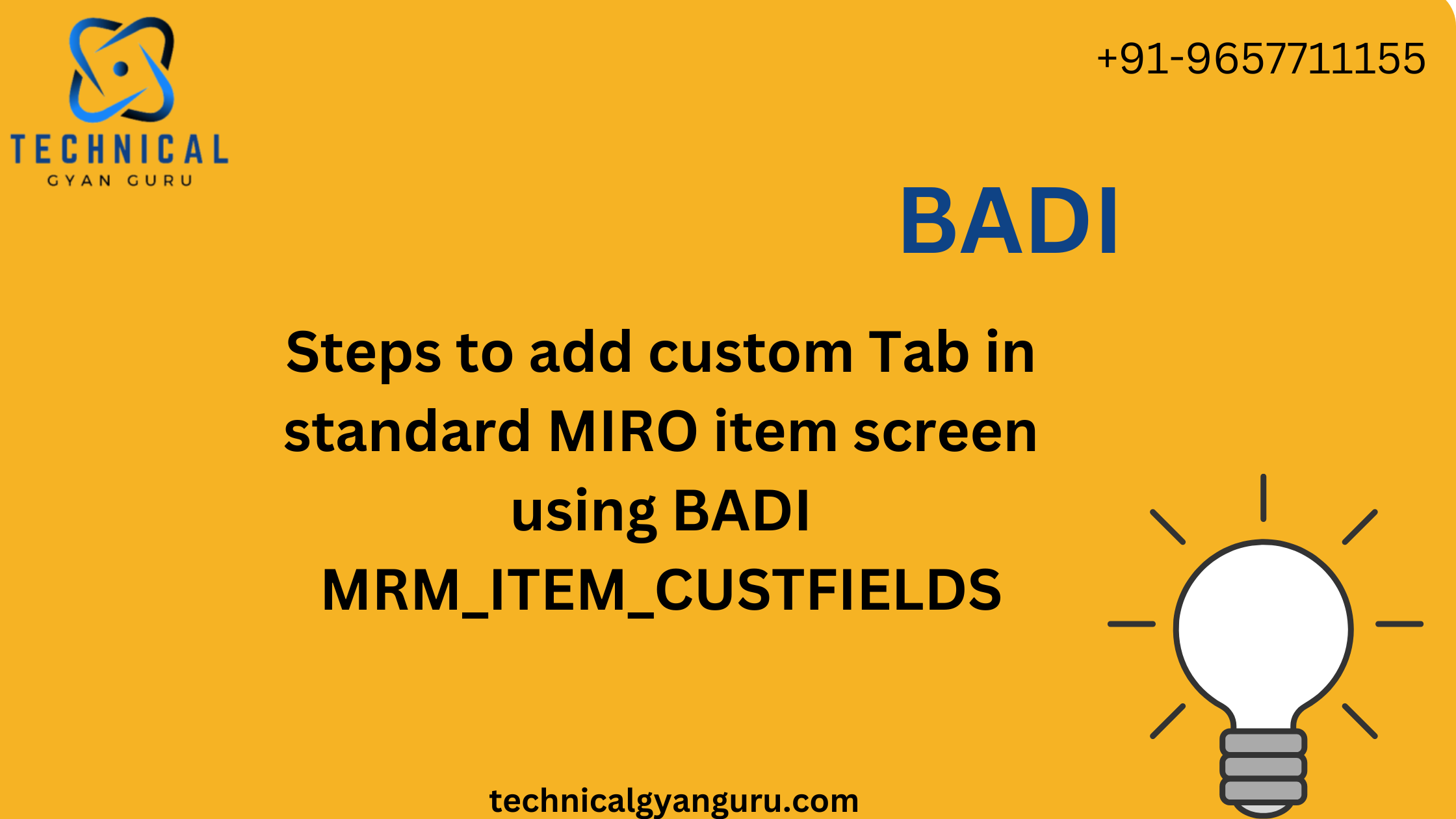
In a world driven by data, the Internet of Things (IoT) and OData stand as two pillars of technological innovation. When these two powerful forces converge, they create a symbiotic relationship that enhances data exchange, interoperability, and automation. This blog delves into the intersection of OData and IoT, highlighting the transformative potential of their collaboration.
Understanding OData and IoT
OData, or Open Data Protocol, is a standardized protocol that enables the creation and consumption of RESTful APIs for data. It offers a uniform way to expose, access, and manipulate data across various platforms, applications, and devices.
On the other hand, IoT refers to the network of interconnected physical objects, devices, and sensors that communicate and exchange data over the internet. IoT empowers smart and autonomous systems by collecting and analyzing data to make informed decisions and automate processes.
The Synergy Unveiled
- Data Exchange and Interoperability: OData’s standardized protocol bridges the gap between different IoT devices, platforms, and applications. It facilitates seamless data exchange between sensors, gateways, and cloud services, regardless of their underlying technologies.
- Unified Data Access: OData’s query options enable IoT applications to request specific subsets of data from multiple sources. This flexibility optimizes data transfer and allows IoT systems to efficiently retrieve only the information they need.
- Real-time Monitoring and Analytics: OData’s capabilities combined with IoT enable real-time data streaming and analysis. This empowers businesses to monitor and react to sensor data instantaneously, improving decision-making and operational efficiency.
- Device Management: OData’s CRUD operations simplify device management in IoT scenarios. Devices can be created, updated, and monitored through standardized APIs, enhancing the control and maintenance of IoT ecosystems.
- Cross-Domain Integration: OData bridges the gap between diverse domains, like industrial automation, healthcare, and smart cities. It fosters cross-domain integration by providing a common language for data exchange.
- Scalability and Flexibility: OData’s scalable architecture aligns perfectly with the diverse scales of IoT deployments, from a few devices to massive sensor networks. Its flexibility accommodates IoT’s evolving requirements.
Real-World Applications
- Smart Manufacturing: IoT devices in manufacturing environments generate data that can be seamlessly integrated using OData. This enables real-time monitoring of equipment performance, predictive maintenance, and optimized production processes.
- Smart Cities: OData and IoT combine to create smart city solutions that manage traffic, monitor energy consumption, and enhance public services through real-time data exchange and analytics.
- Healthcare: IoT devices in healthcare settings can transmit patient data to cloud services using OData. This enables remote monitoring, telemedicine, and improved patient care.
- Agriculture: OData and IoT facilitate precision agriculture by integrating sensor data to optimize irrigation, monitor soil conditions, and improve crop yield.
Challenges and Considerations
- Security: The convergence of OData and IoT requires robust security measures to protect data during transmission and storage. Proper encryption, authentication, and authorization are crucial.
- Data Privacy: Handling personal and sensitive data generated by IoT devices requires compliance with data protection regulations.
- Complexity: Implementing OData and IoT solutions may involve dealing with various devices, protocols, and data formats. Proper architecture and design are essential to manage complexity effectively.
Conclusion
The synergy between OData and IoT opens new avenues for innovation and efficiency. By leveraging OData’s standardized data exchange and IoT’s real-time insights, businesses can create powerful applications that drive automation, data-driven decision-making, and enhanced user experiences. As technology advances, the collaboration between OData and IoT is set to reshape industries, paving the way for a connected and data-driven future.








